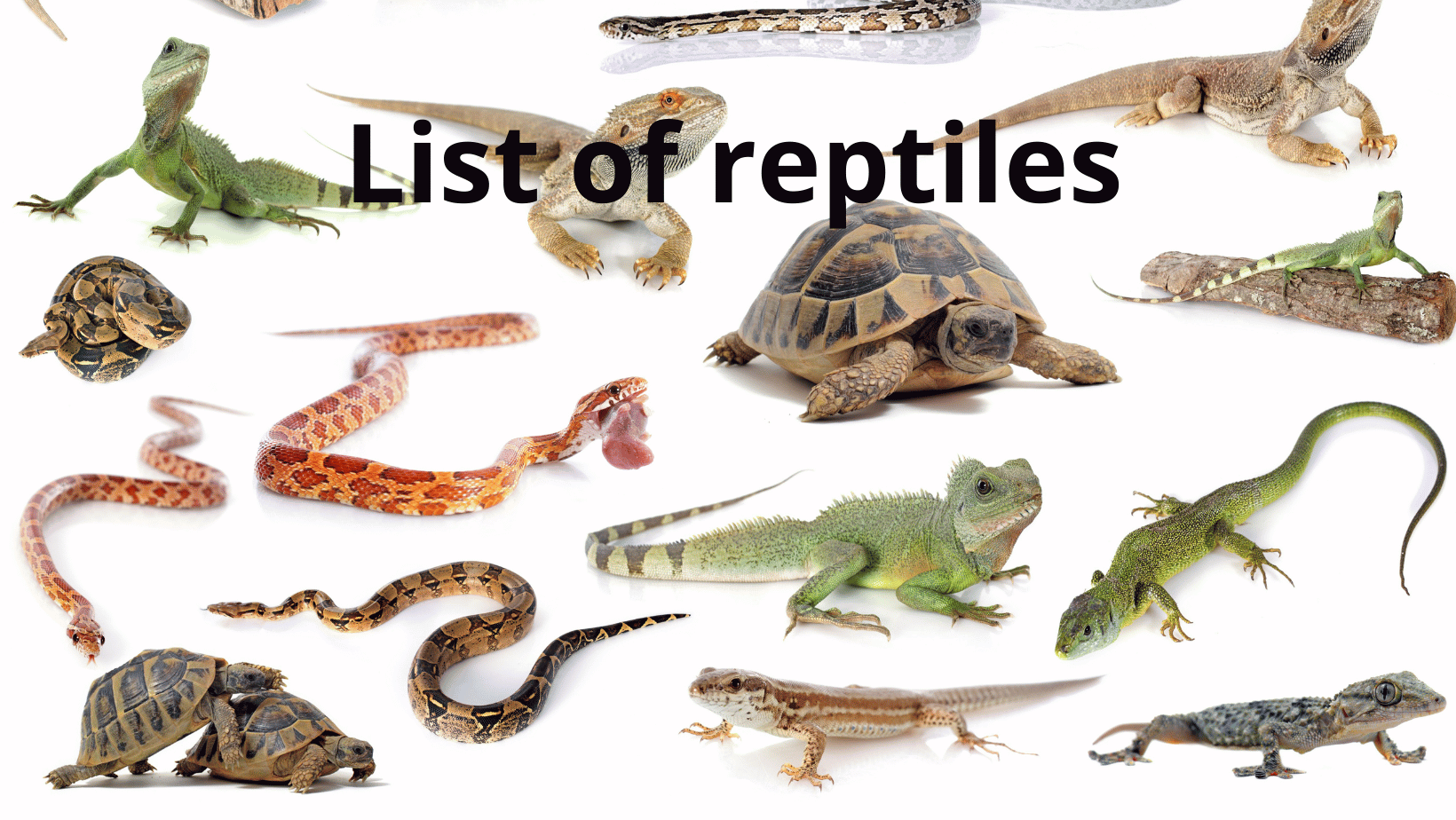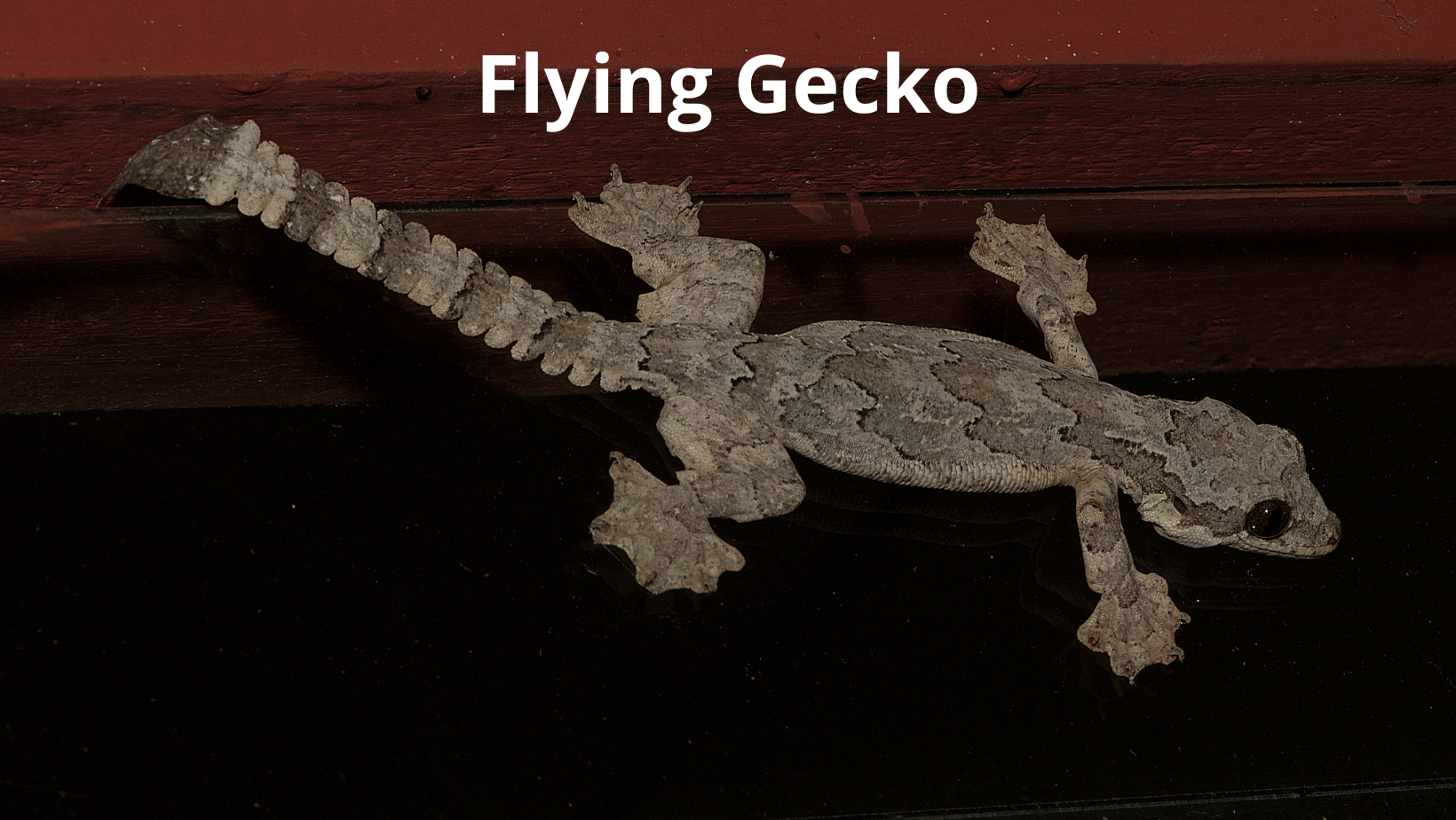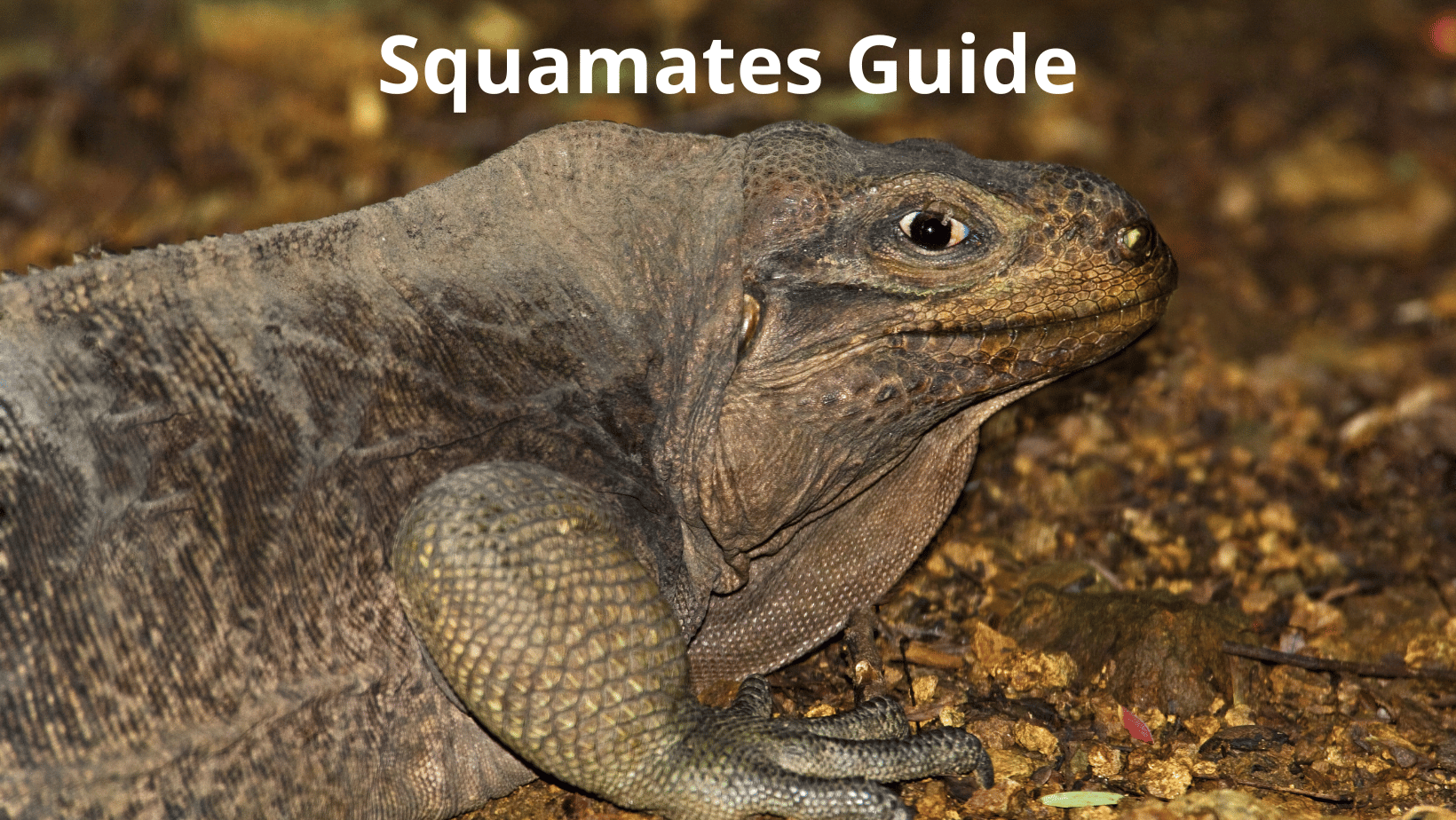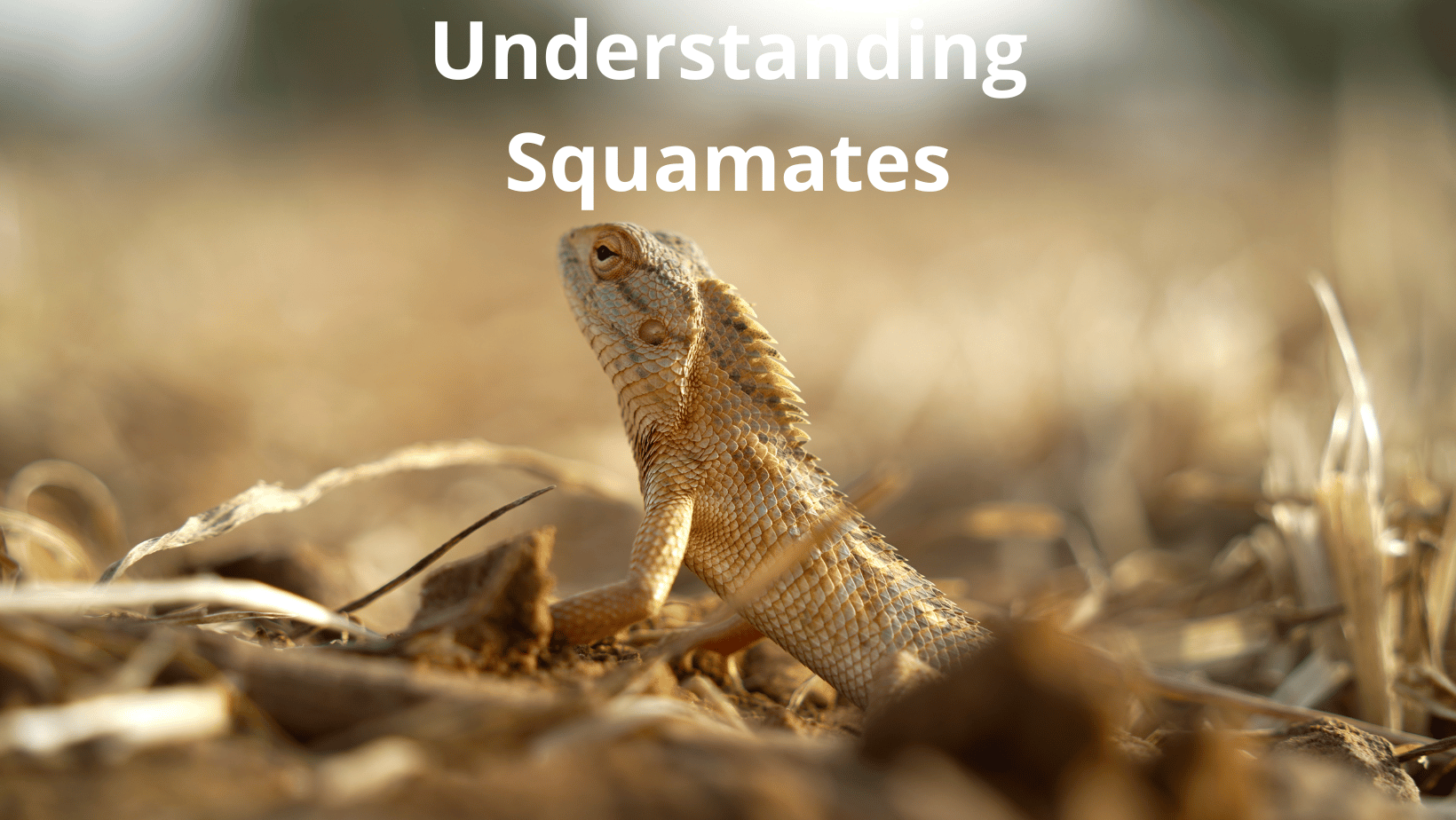Reptiles, a diverse and intriguing group of animals, have been roaming our planet for millions of years. They have evolved into a myriad of species that can be found in almost every corner of the world, from the deepest oceans to the highest mountains, from tropical rainforests to arid deserts. These tetrapod creatures, belonging to the class Reptilia, include the likes of turtles, snakes, lizards, and even the ancient tuatara. Interested in learning more about amphibians as well? That field of study, known as herpetology, combines the exploration of both reptiles and amphibians.
For clarity, this list is based on the traditional, paraphyletic understanding of reptiles, which means we’re not including birds. However, in the cladistic sense, birds are indeed considered reptiles.
List of Reptiles by Classification
Herpetology, the branch of science dedicated to the study of reptiles and amphibians, offers insights into these captivating animals. While some modern classifications include birds under reptiles, for the purpose of this article, we’ll be focusing on the traditional classification (paraphyletic sense) where birds are excluded.
Dive into our organized list below for a comprehensive list of reptile families under each subclass, order, and suborder:
Subclass Anapsida
Anapsids are early reptiles characterized by skulls without temporal fenestrae (openings behind the eyes). This group is most notably represented by modern turtles and their ancestors.
Turtles (Order Testudines) Turtles are reptiles characterized by a bony or cartilaginous shell. They inhabit both aquatic and terrestrial habitats worldwide.
- Cryptodira (Suborder Cryptodira) Cryptodires are turtles that draw their heads straight back into the shell, rather than folding it to the side.
- Common snapping turtles and alligator snapping turtle (Chelydridae)
- Pond turtles and box turtles (Emydidae)
- Tortoises (Testudinidae)
- Asian river turtles and allies (Geoemydidae)
- Pignose turtles (Carettochelyidae)
- Softshell turtles (Trionychidae)
- River turtles (Dermatemydidae)
- Mud turtles (Kinosternidae)
- Sea turtles (Cheloniidae)
- Leatherback turtles (Dermochelyidae)
- Pleurodira (Suborder Pleurodira) Pleurodires retract their necks to the side, hiding it beneath the margins of the shell.
- Austro-American sideneck turtles (Chelidae)
- Afro-American sideneck turtles (Pelomedusidae)
- Madagascan big-headed turtles and American sideneck river turtles (Podocnemididae)
Diapsids (Subclass Diapsida)
Diapsids are characterized by two holes on each side of their skulls. They include most of the living reptiles today.
- Lepidosauria (Superorder Lepidosauria) This superorder primarily encompasses lizards and snakes.
- Tuatara (Order Sphenodontia) Tuataras resemble lizards but are part of a distinct lineage, native to New Zealand.
- Tuatara (Sphenodontidae)
- Scaled Reptiles (Order Squamata) This is the largest order of reptiles, comprising lizards, snakes, and amphisbaenians.
- Agamas (Agamidae)
- Chameleons (Chamaeleonidae)
- Iguanids (Iguanidae) – A diverse family of lizards which includes iguanas, anoles, and spinytail iguanas.
- Casquehead lizard (Corytophaninae)
- Iguanas (Iguaninae)
- Leiocephalinae
- Leiosaurinae
- Liolaeminae
- Madagascar iguanids (Oplurinae)
- Collared and leopard lizards (Crotaphytidae)
- Horned lizards (Phrynosomatidae)
- Anoles (Polychrotidae)
- Wood lizards (Hoplocercidae)
- Neotropical ground lizards (Tropiduridae)
- Geckos (Gekkonidae)
- Legless lizards (Pygopodidae)
- Blind lizards (Dibamidae)
- Spinytail lizards (Cordylidae)
- Plated lizards (Gerrhosauridae)
- Spectacled lizards (Gymnophthalmidae)
- Whiptails and tegus (Teiidae)
- Lacertids (Lacertidae)
- Skinks (Scincidae)
- Night lizards (Xantusiidae)
- Glass lizards (Anguidae)
- American legless lizards (Anniellidae)
- Knob-scaled lizards (Xenosauridae)
- Gila monsters (Helodermatidae)
- Earless monitor lizards (Lanthanotidae)
- Monitor lizards (Varanidae)
- Worm Lizards (Suborder Amphisbaenia) Worm lizards are burrowing reptiles that look like worms or snakes but are lizards.
- Worm lizards (Amphisbaenidae)
- Shorthead worm lizards (Trogonophidae)
- Two-legged worm lizards (Bipedidae)
- Snakes (Suborder Serpentes) Limbless reptiles with elongated bodies.
- Alethinophidia (Infraorder Alethinophidia) This is the main group of snakes, comprising the majority of snake species.
- Wart snakes (Acrochordidae)
- False coral snakes (Aniliidae)
- Dwarf pipe snakes (Anomochilidae)
- African burrowing asps, stiletto snakes (Atractaspididae)
- Boas, anacondas (Boidae)
- Boinae
- Old World sand boas (Erycinae)
- Mauritius snakes (Bolyeriidae)
- Colubrids, typical snakes (Colubridae)
- And various subfamilies…
- Asian pipe snakes (Cylindrophiidae)
- Cobras, coral snakes, mambas, sea snakes (Elapidae)
- Mexican pythons (Loxocemidae)
- Pythons (Pythonidae)
- Dwarf boas (Tropidophiidae)
- Pipe snakes, shield-tailed snakes (Uropeltidae)
- Vipers, pitvipers (Viperidae)
- And various subfamilies…
- Sunbeam snakes (Xenopeltidae)
- Blind Snakes (Infraorder Scolecophidia) These are small snakes adapted to a burrowing lifestyle.
- Primitive blind snakes (Anomalepididae)
- Slender blind snakes, thread snakes (Leptotyphlopidae)
- Blind snakes, typical blind snakes (Typhlopidae)
- Alethinophidia (Infraorder Alethinophidia) This is the main group of snakes, comprising the majority of snake species.
- Tuatara (Order Sphenodontia) Tuataras resemble lizards but are part of a distinct lineage, native to New Zealand.
Crocodylomorpha (Superorder Crocodylomorpha)
This superorder includes all modern crocodilians and their extinct relatives.
- Crocodilians (Order Crocodylia) These are large aquatic reptiles that live throughout the tropics.
- Eusuchia (Suborder Eusuchia) Modern crocodilians are part of this suborder.
- Crocodiles (Crocodylidae)
- Alligators (Alligatoridae)
- Gharials (Gavialidae)
- Eusuchia (Suborder Eusuchia) Modern crocodilians are part of this suborder.



